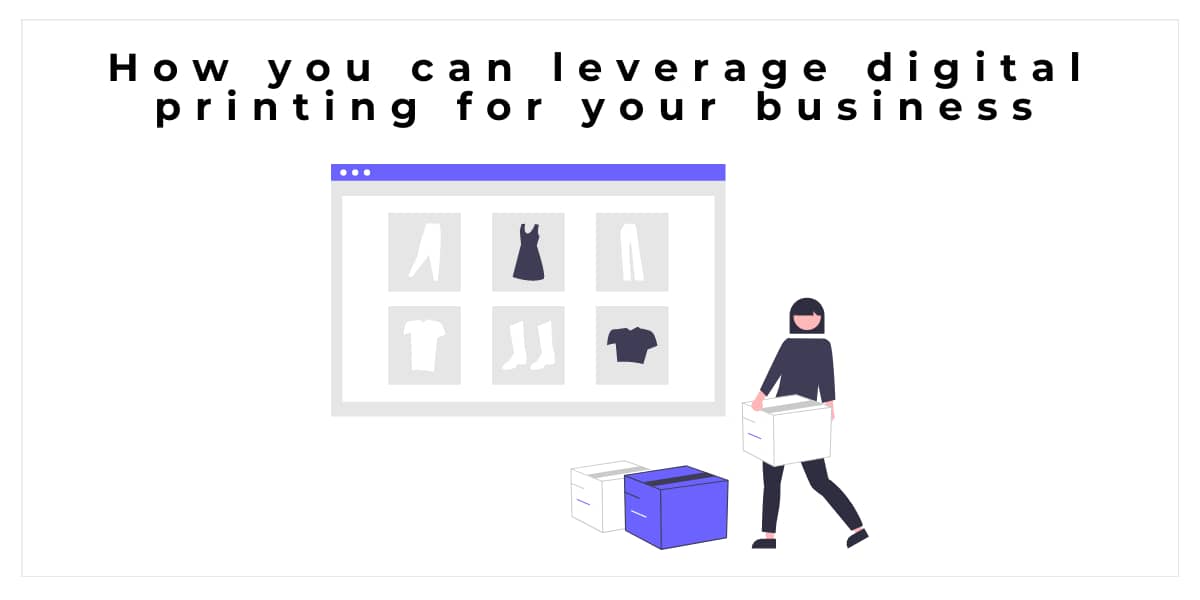In today's digital age, businesses must adapt and adopt new technologies to stay relevant and competitive. One such technology that businesses can leverage is digital printing. Digital printing is a process of printing digital images directly onto a variety of media, such as paper, fabric, plastic, and more. It is a versatile and cost-effective solution for printing marketing collateral, packaging, labels, and more. If you're looking to explore the possibilities of digital printing for your business, find out more by visiting Avery's custom printing calculator for candle labels.
Here are some ways businesses can leverage digital printing to their advantage:
1. Cost-Effective Printing
Digital printing is an affordable alternative to traditional printing methods, such as offset printing. Unlike offset printing, which requires a setup fee for every print job, digital printing does not require any setup fee. This means that businesses can print small quantities of marketing collateral, packaging, and labels at a low cost. This is especially useful for businesses with limited budgets, as they can print only what they need when they need it.
2. Customization
Digital printing allows businesses to customize their print materials according to their specific needs. With digital printing, businesses can print different versions of the same collateral with minimal effort. For example, businesses can print personalized packaging with the customer's name or print different versions of a brochure to target different customer segments. This level of customization can help businesses create a personalized experience for their customers, which can lead to increased engagement and loyalty. A sticker maker offers businesses significant advantages in customization, cost savings, brand consistency, and marketing innovation.
3. Faster Turnaround Time
Digital printing offers faster turnaround times than traditional printing methods. With digital printing, businesses can print marketing collateral, packaging, and labels on-demand, reducing lead times and ensuring timely delivery. Due to that fact now you have services such as same-day name cards that are being provided. This is especially useful for businesses that need to print time-sensitive materials, such as event invitations or promotional offers.
4. Variable Data Printing
Variable data printing is a feature of digital printing that allows businesses to print unique information on each printed piece. This is useful for printing materials such as direct mail pieces, which require personalization for each recipient. With variable data printing, businesses can print personalized messages, images, and even unique barcodes for each recipient, improving the effectiveness of their marketing efforts.
5. Quality
Digital printing produces high-quality prints that are comparable to traditional printing methods. With advancements in digital printing technology, businesses can print high-resolution images with vibrant colors and sharp details. This means that businesses can print marketing collateral, packaging, and labels that are visually appealing and professional-looking.
6. Sustainability
Digital printing is a more environmentally friendly option compared to traditional printing methods. Traditional printing methods use more materials and chemicals, leading to more waste and pollution. Digital printing, on the other hand, produces less waste and uses fewer resources. Digital printing also allows for the use of eco-friendly materials, such as recycled paper or biodegradable plastic, further reducing the environmental impact of printing.
7. Flexibility
Digital printing provides businesses with greater flexibility in their printing needs. Businesses can print materials of different sizes, shapes, and thicknesses, making it suitable for a wide range of applications. Additionally, digital printing allows for quick and easy changes to be made to the design or content of a print job, allowing businesses to respond quickly to changes in their marketing or branding strategy.








